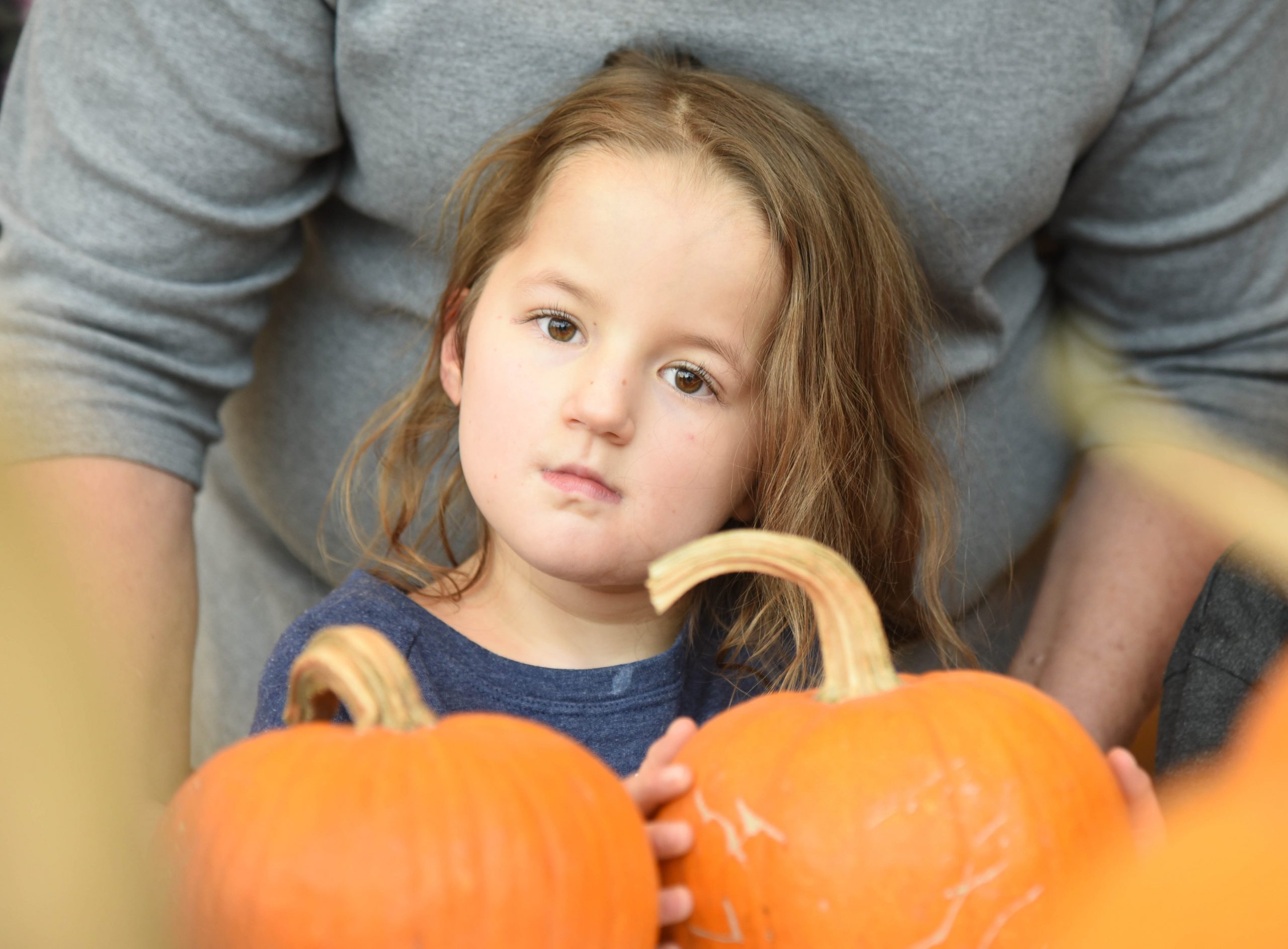Posted at 13:13h
in
Latest News
Well, there’s the slobber. It’s just everywhere.
“There’s no getting away from it,” said Brian Asay, a K-9 sergeant with the Utah Department of Corrections. “You just have to accept it.”
For Asay (pronounced A-see), that completes the list of drawbacks to working with Anubis, his super sniffing, four-legged bundle of energy. Anubis is one of a number of canines working for the UDC at the state’s two prison sites.
The two make a good team. A very good team. They were named to the top pair for narcotic searches at a recent K-9 trials competition in Las Vegas.
Their success, and that of fellow UDC canine teams, does more than provide bragging rights for Corrections. Such events offer challenges that law enforcement agencies have previously faced. The framework offers training for the teams that can be applied on the job.
“All scenarios are based on real deployments,” said Asay. “They expose the dogs to different situations. It’s a competition, but it’s real.”
And the better UDC teams do in these trials, the better they become in stemming the flow of contraband into Utah’s prisons.
Asay’s and Anubis’ finish marks the third time in the last three competitions that a UDC team has finished on top in the narcotics category. In 2018, Dustin Adams and Legion were tops in Las Vegas, while Jacob Waters and Ronnie lead the way at the Utah Peace Officers Association event.
“It has put us on the map,” Asay said of the UDC’s growing reputation. “We get calls from other agencies to assist.”
While a powerful tool in the corrections industry, the dogs are, well, dogs. And that’s a good thing.
“It’s hard to be depressed or down when you’re around a dog,” said Dustin Adams.
“The dogs are fun,” said Kyler Adams, Dustin’s older brother and also a K-9 officer. “They usually make people feel better anyway.”
In addition to Draper, the Central Utah Correctional Facility in Gunnison also has dog handling teams....




